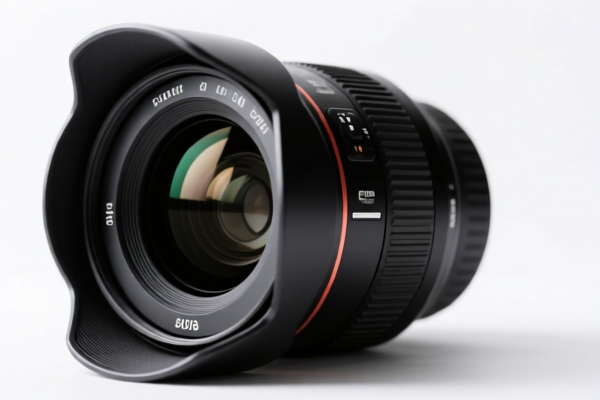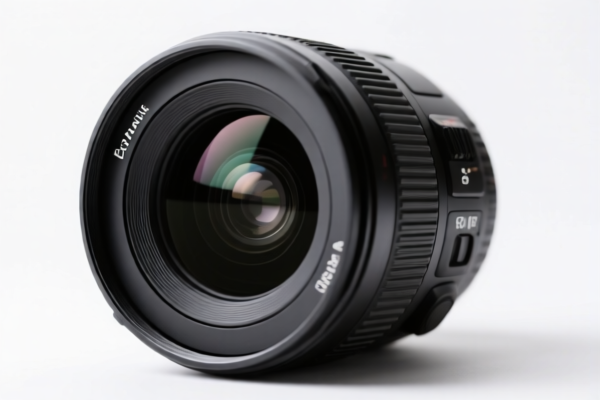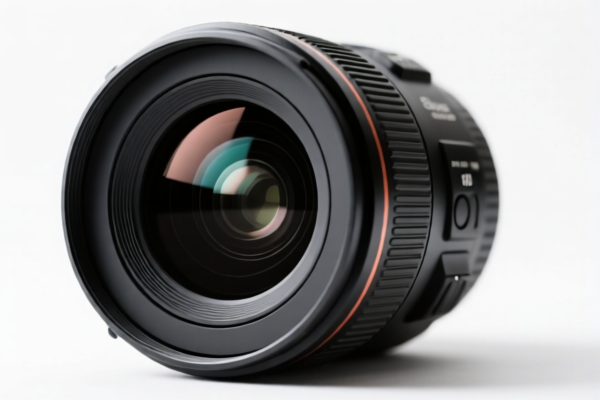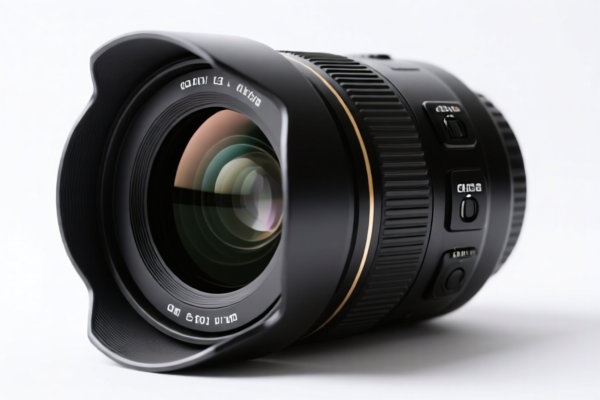| HS Code | Official Doc | Tariff Rate | Origin | Destination | Effective Date |
|---|---|---|---|---|---|
| 9002114000 | Doc | 57.45% | CN | US | 2025-05-12 |
| 9002116000 | Doc | 55.0% | CN | US | 2025-05-12 |
| 9001904000 | Doc | 55.0% | CN | US | 2025-05-12 |
| 9001905000 | Doc | 55.0% | CN | US | 2025-05-12 |




Objective Lens
An objective lens is the primary lens in an optical device – telescope, microscope, camera, projector – that gathers light from the object being viewed and focuses it to create an initial image. Its characteristics significantly impact the overall image quality of the system.
Material
Objective lenses are commonly constructed from multiple elements of optical glass, often including:
- Crown Glass: High refractive index, low dispersion.
- Flint Glass: Lower refractive index, higher dispersion. Combining crown and flint glass minimizes chromatic aberration.
- Specialty Glasses: Glasses with unique properties (e.g., high Abbe number, specific refractive indices) are used for advanced designs.
- Fluorite: Used in high-end lenses for exceptional clarity and low dispersion.
- Apochromatic elements: Special glass types designed to reduce chromatic aberration even further.
Modern objective lenses frequently incorporate aspherical elements (non-spherical surfaces) to correct aberrations and improve image quality. Coatings are applied to reduce reflections and increase light transmission.
Purpose
The primary purpose of the objective lens is to:
- Gather Light: Collect light rays emanating from the object.
- Form an Initial Image: Refract (bend) the light rays to create a real image within the optical system.
- Determine Resolution: The objective lens's aperture and quality largely define the system's ability to resolve fine details.
- Magnification (initial): Contributes to the overall magnification, though the final magnification is determined by the eyepiece or sensor.
Function
The objective lens functions based on the principles of refraction. Light rays passing through the lens are bent due to the difference in refractive index between the glass and the surrounding air. The curvature of the lens surfaces is carefully designed to focus these rays at a specific point – the focal point.
Key parameters defining the objective lens’s function include:
- Focal Length: The distance from the lens to the focal point. Shorter focal lengths yield higher magnification but narrower fields of view.
- Aperture (Numerical Aperture - NA): Determines the light-gathering ability and resolution. Higher NA values provide brighter images and better resolution.
- Working Distance: The distance between the front of the lens and the sample being viewed.
- Field of View: The extent of the sample visible through the lens.
- Correction Level: Refers to the degree of aberration correction (e.g., Achromatic, Apochromatic, Plan).
Usage Scenarios
Objective lenses are integral to numerous applications:
- Microscopy: Used for viewing cells, tissues, and other microscopic structures. Different objective lenses are used for varying magnification levels and resolution requirements.
- Telescopes: Gather light from distant objects.
- Cameras: Focus light onto the image sensor.
- Projectors: Focus light through the projection lens to create an image on a screen.
- Endoscopy: Used in medical imaging to view internal organs.
Common Types
Objective lenses are categorized based on their magnification, correction level, and specific application:
- Achromatic Objectives: Correct for chromatic aberration in two wavelengths (typically red and blue). Common for routine microscopy.
- Fluorite/Semi-Apochromatic Objectives: Offer better chromatic aberration correction than achromatic objectives.
- Apochromatic Objectives: Provide the highest level of chromatic aberration correction, typically correcting for three or more wavelengths. Used for demanding applications requiring high image quality.
- Plan Objectives: Correct for field curvature, providing a flat image across the entire field of view. Often combined with other correction levels (e.g., Plan Achromat, Plan Apochromat).
- Long Working Distance Objectives: Designed for viewing samples through thick containers or for applications requiring a greater distance between the lens and the sample.
- Oil Immersion Objectives: Used with immersion oil to increase the numerical aperture and resolution.
- Water Immersion Objectives: Used with water for live cell imaging.
- High Magnification Objectives: Typically 40x, 60x, or 100x, used for detailed observation of small structures.
- Low Magnification Objectives: Typically 4x, 10x, or 20x, used for overview imaging.
Objective lenses fall under several classifications depending on their application and mounting status. Here's a breakdown of relevant HS codes based on the provided information:
-
9002.11.40.00: This HS code covers lenses, prisms, mirrors, and other optical elements, mounted, being parts of or fittings for instruments or apparatus (other than glass elements not optically worked). Specifically, it applies to objective lenses and their parts/accessories for cameras, projectors, or photographic enlargers/reducers. The base tariff is 2.45%, with an additional 25% tariff, increasing to 30% after April 2, 2025, resulting in a total tariff of 57.45%.
-
9002.11.60.00: This HS code also covers mounted lenses, prisms, mirrors, and other optical elements for instruments or apparatus. However, it specifically applies to objective lenses suitable for use in closed-circuit television (CCTV) cameras, entered separately, with or without attached electrical/non-electrical connectors, and with or without attached motors. The base tariff is 0.0%, with an additional 25% tariff, increasing to 30% after April 2, 2025, resulting in a total tariff of 55.0%.
It is important to determine whether the objective lens is intended for use in cameras, projectors, photographic enlargers/reducers, or CCTV cameras to correctly classify the goods.
Please note that for both HS codes 9002.11.40.00 and 9002.11.60.00, a 25% additional tariff is currently in effect, increasing to 30% after April 2, 2025.
Customer Reviews
No reviews yet.